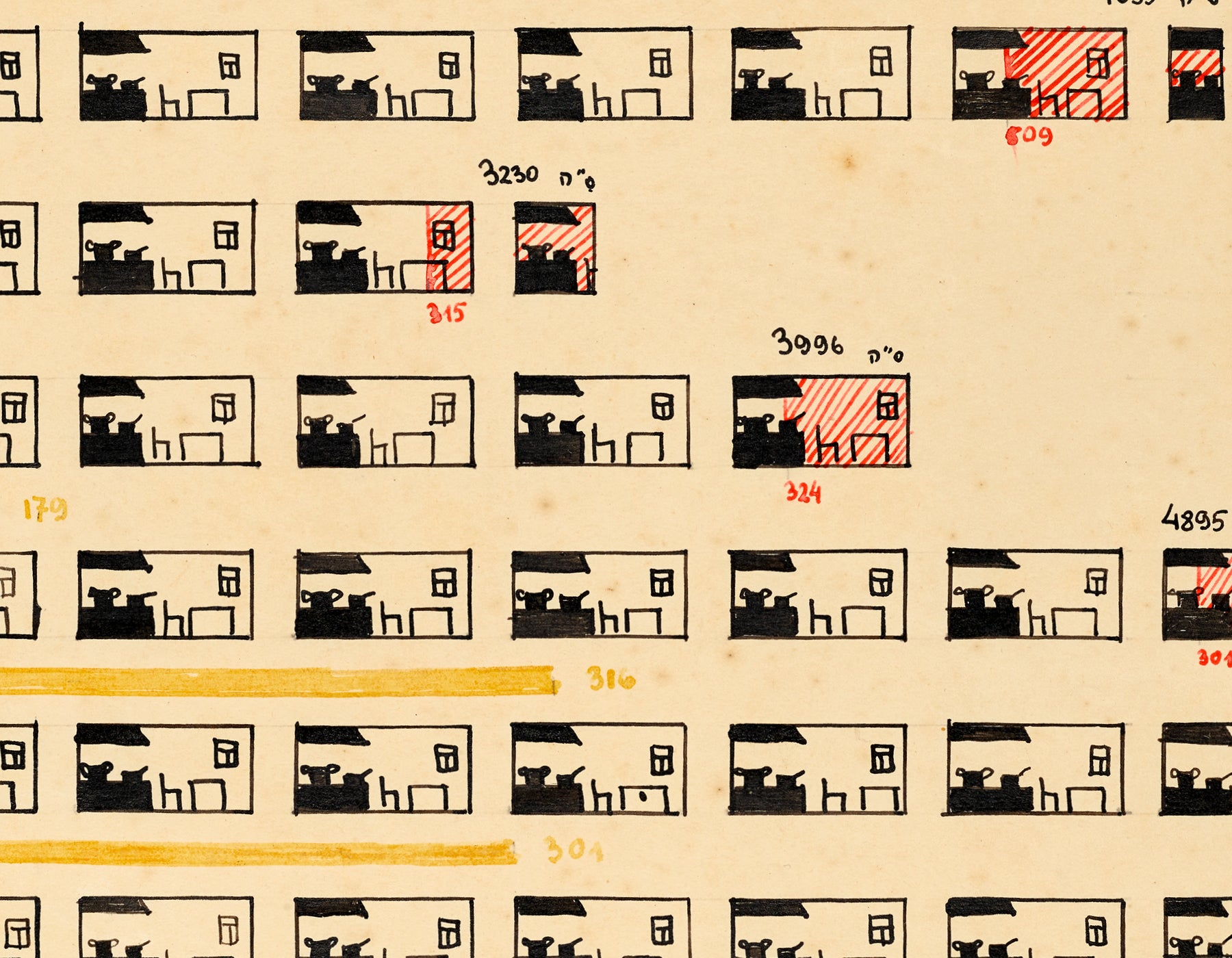
The Lending Library of the Ghetto
Idan Perez

”A library in the ghetto where one is deprived of most elementary living conditions and where we are suspended between life and death every minute of our existence!... Who will come to read books there?” This pessimistic prediction, made by Dina Abramowicz (1909–2000) before the library opened in September of 1941, was proved wrong. The fact is that even after the Vilna Ghetto was established, the community maintained a rich cultural and spiritual life, with the Vilna Ghetto Library as its most important cultural institution. The Mefitse Haskalah Library, which had been founded in 1910, became the official library of the Vilna Ghetto, comprising nearly 45,000 volumes.
Dina Abramowicz, head of the library, later explained in her native Yiddish that the morning visitors had been “society ladies” who came to escape their frightening reality through sentimental Russian novels. In the afternoon, children would pour in, looking for classics such as Around the World in Eighty Days or Tom Sawyer. Later in the day, people who worked outside the ghetto, especially the “young idealists,” would come in asking for Polish literature and non-fiction. Books were seen as a way of reaching out to the world from which the Jewish population of Vilna was now cut off.
The staff of the Vilna Ghetto Library prepared an annual 1941–42 report that included full statistics of the library’s activities and, in December 1942, even held a public celebration of their book loans. They also produced statistical reports about the library’s collection, its various languages, loans, and readers, in which they wrote: “A book can take you over the ghetto walls to the world, to stolen freedom and life.”
These reports can be found today in the National Library’s archive of cultural life in the Vilna Ghetto.
















